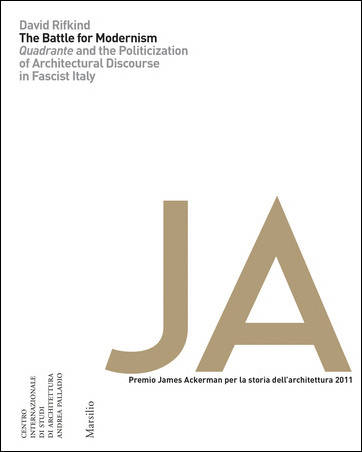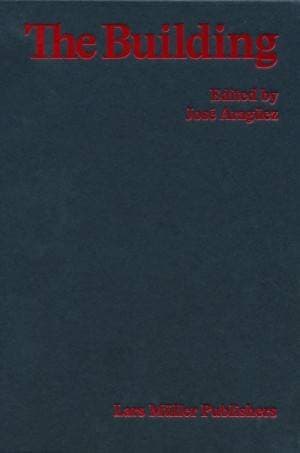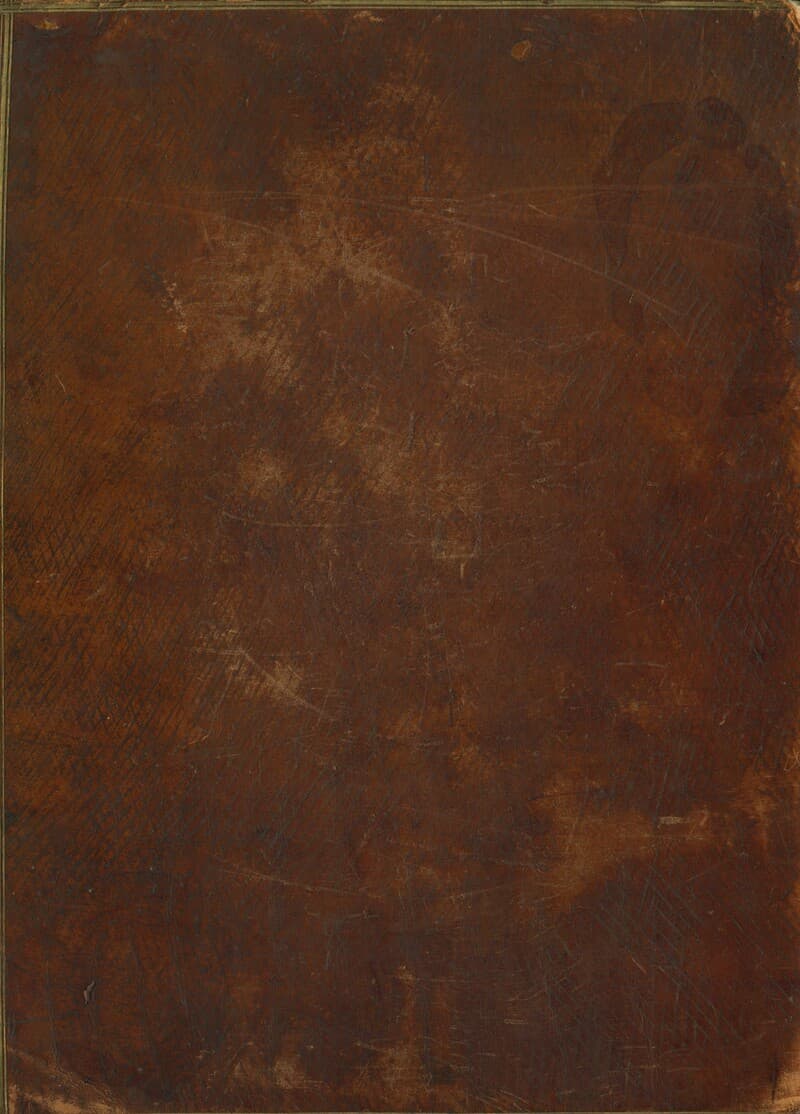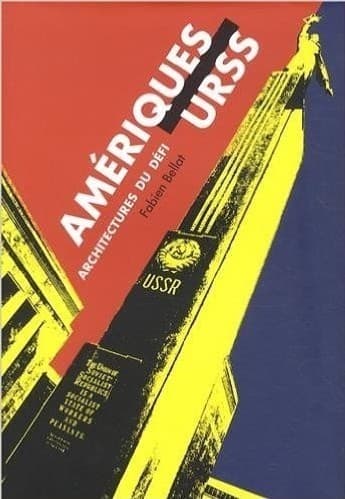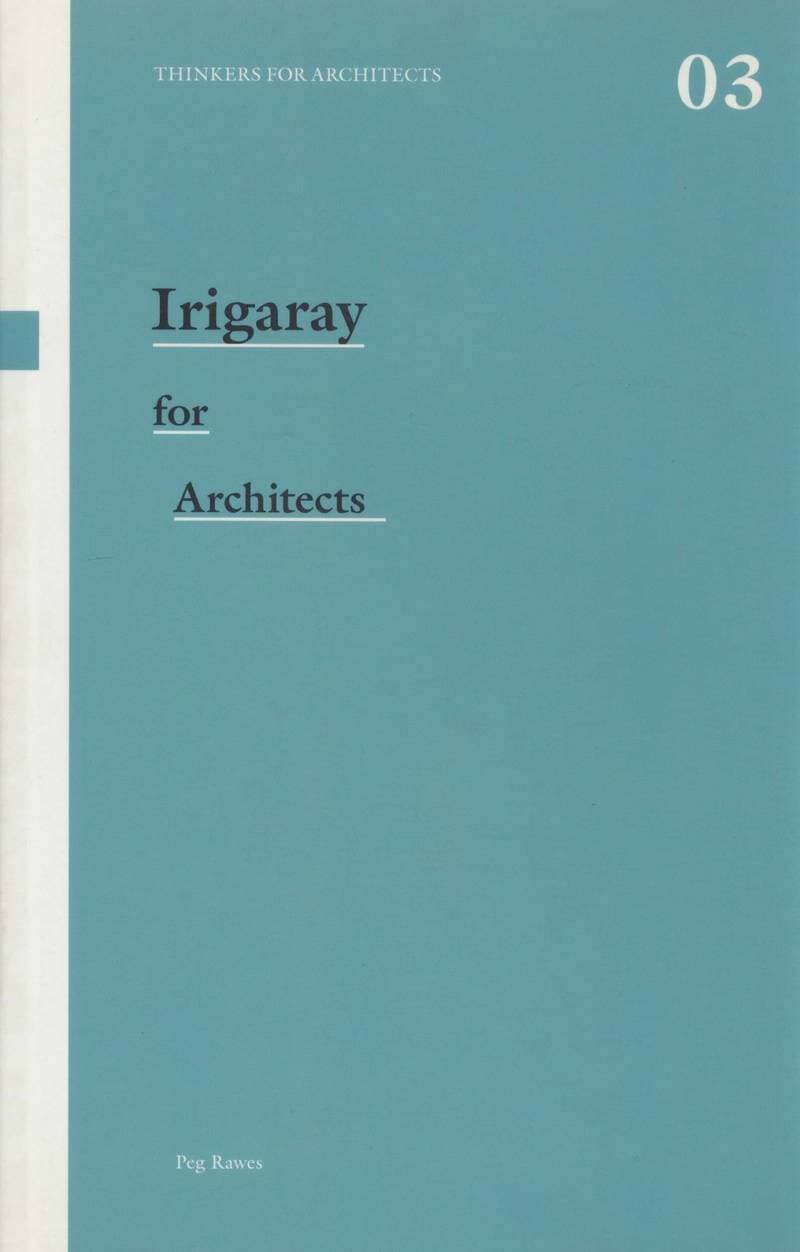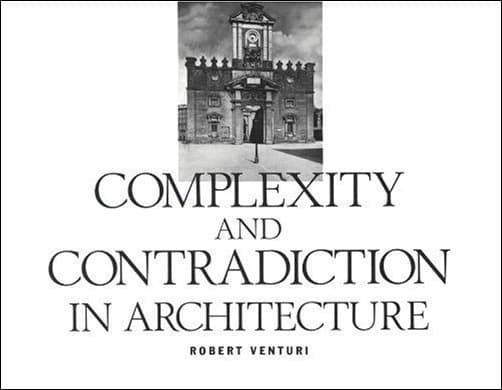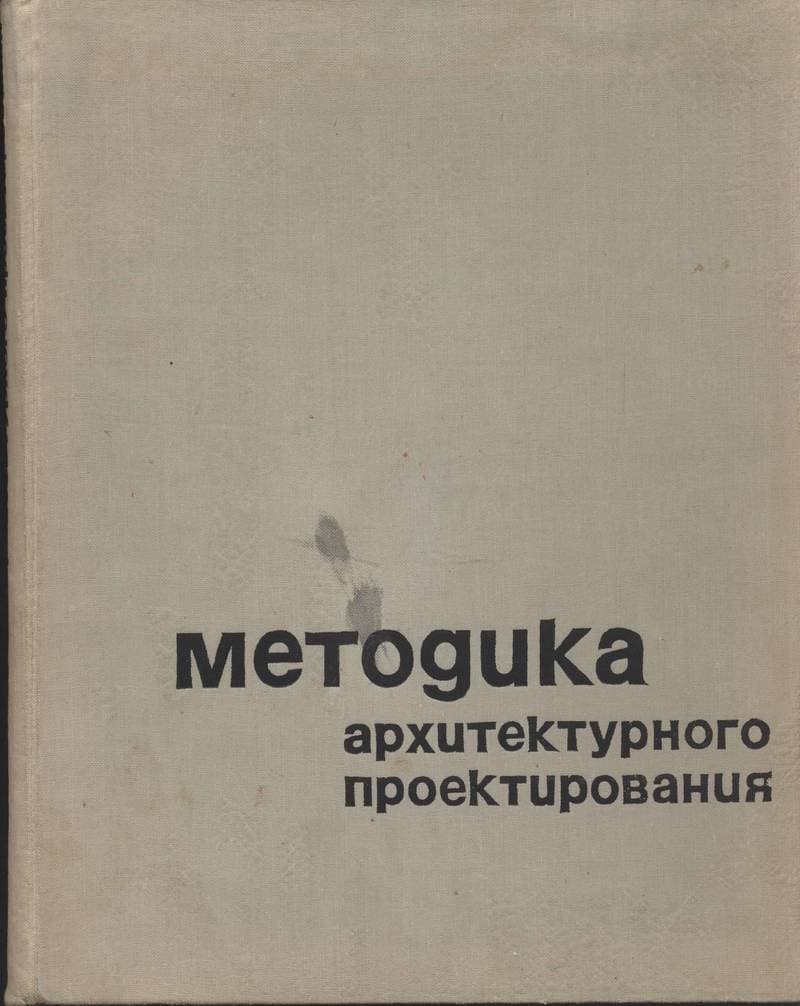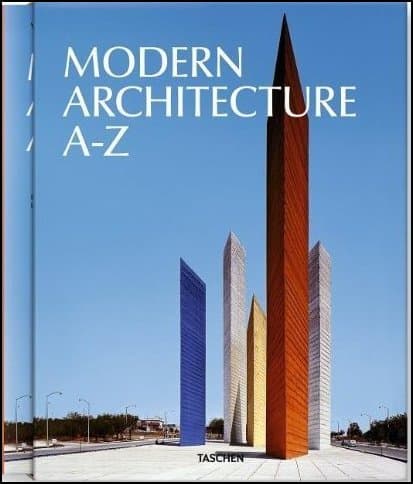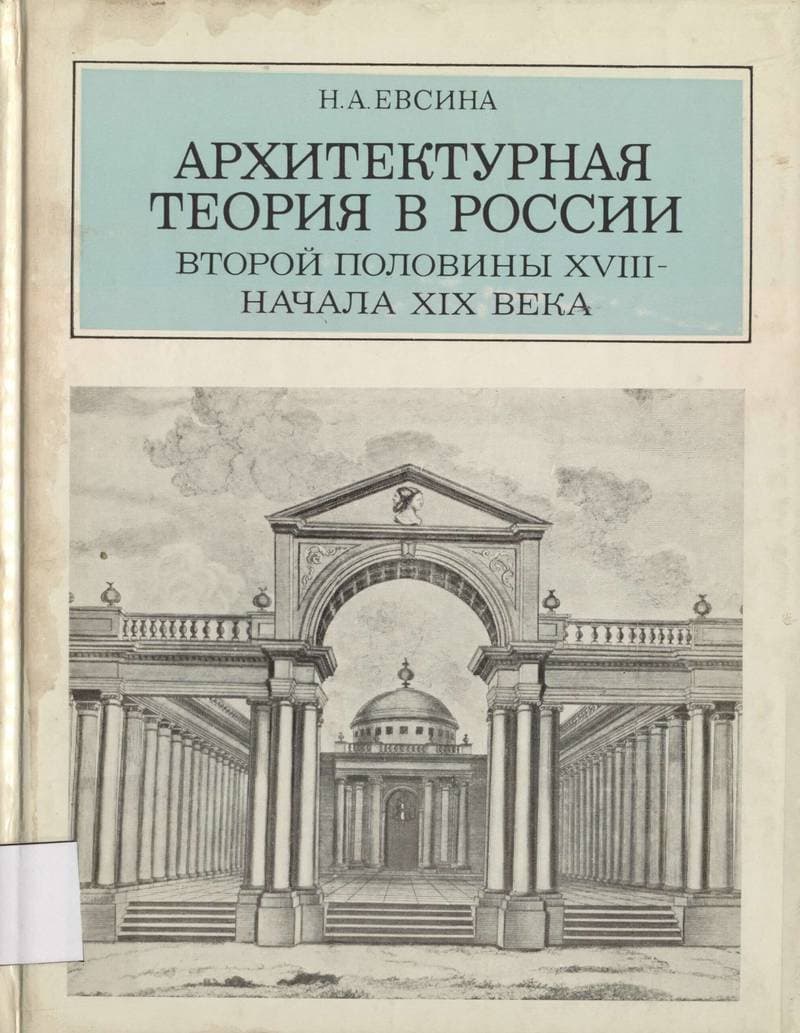The Battle for Modernism
The short-lived cultural journal Quadrante transformed the practice of architecture in fascist Italy. Over the course of three years (1933-36), the magazine agitated for an “architecture of the state” that would represent the values and aspirations of the fascist regime, and in so doing it changed the language with which architcts and their clientele addressed the built environment. Quadrante rallied supporters and organized the most prominent practitioners and benefactors of Italian rationalism into a coherent movement that advanced the cause of specific currents of modern architecture in interwar Italy. Through a detailed study of Quadrante and its circle of architects, critics, artists, and patrons, the book investigates the relationship between modern architecture and fascist political practices in Italy during Benito Mussolini’s regime (1922–1943).
Details
Art Nouveau, Modern, Jugendstil, Architecture, Italy, Political art, Urban design and town planning
Verona
2012
304 pages
978883171348
Available on request
Yes
No
720.2 Rif
- Архитектура и культура1991
- The Building2016
- Cours d'Architecture qui comprend les ordres de Vignole, avec des commentaires, les figures & les descriptions de ses plus beaux Bâtiments, de ceux de Michelange1750
- Architecture and Utopia: Design and Capitalist Development1979
- Amériques‑URSS: architectures du défi2014
- Irigaray For Architects2007
- Complexity and Contradiction in Architecture2011
- Методика архитектурного проектирования в системе архитектурного образования1969
- Границы архитектуры1971
- Творческие противоречия в новейшей архитектуре Запада1986
- Modern Architecture A‑Z. Volume 2. M‑Z2013
- Архитектурная теория в России второй половины XVIII в. — начала XIX в.1985
